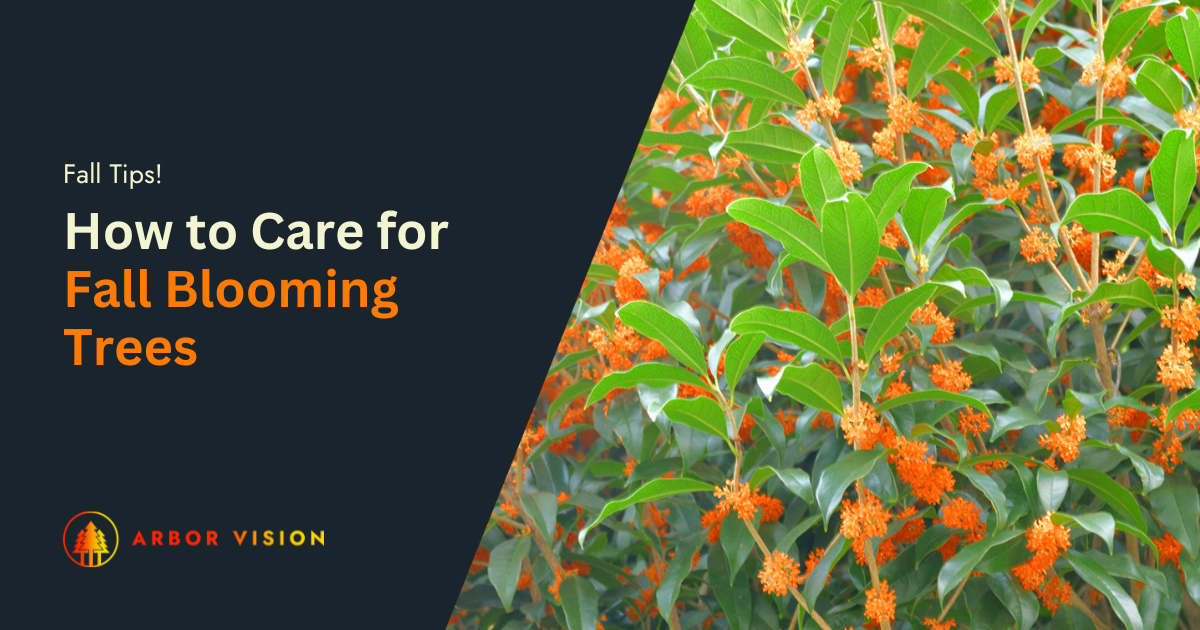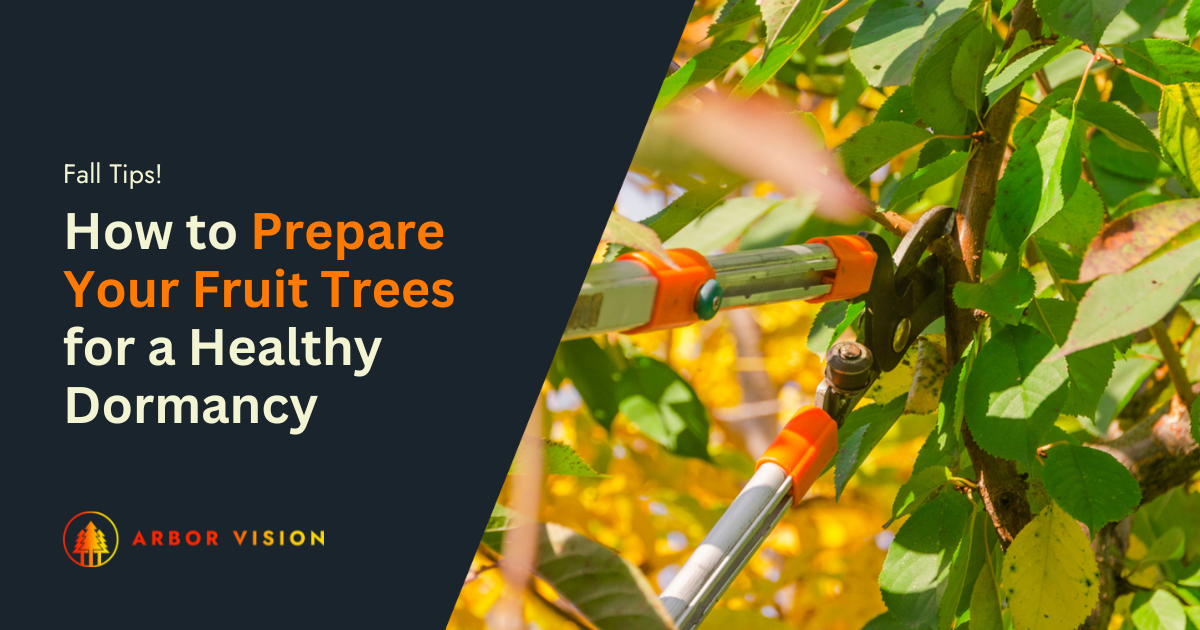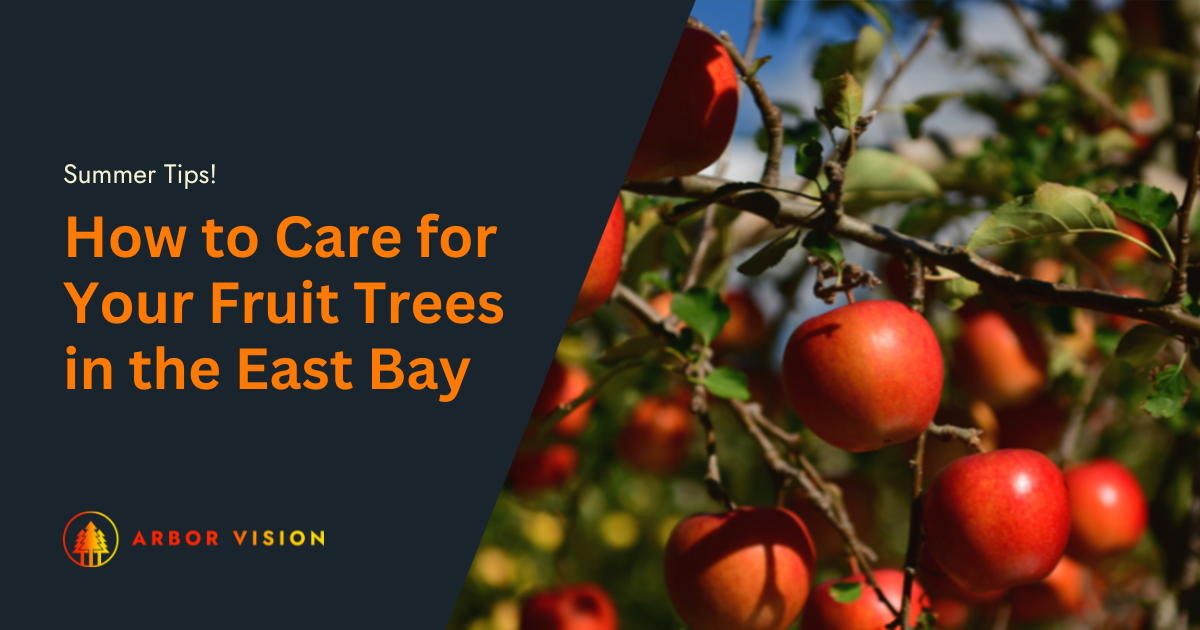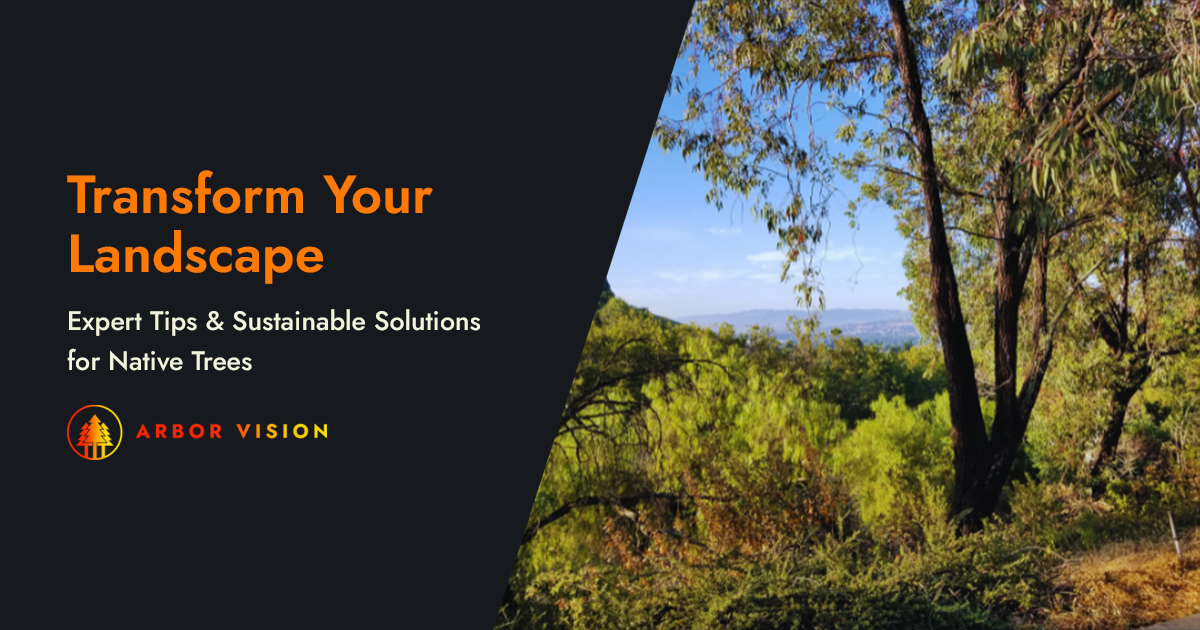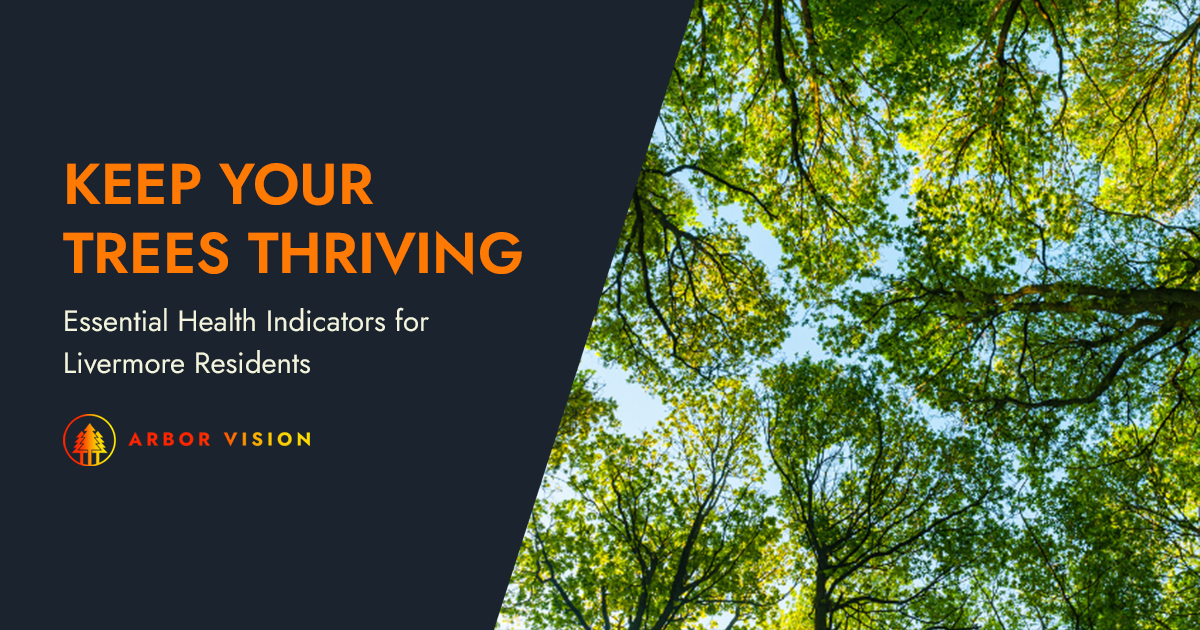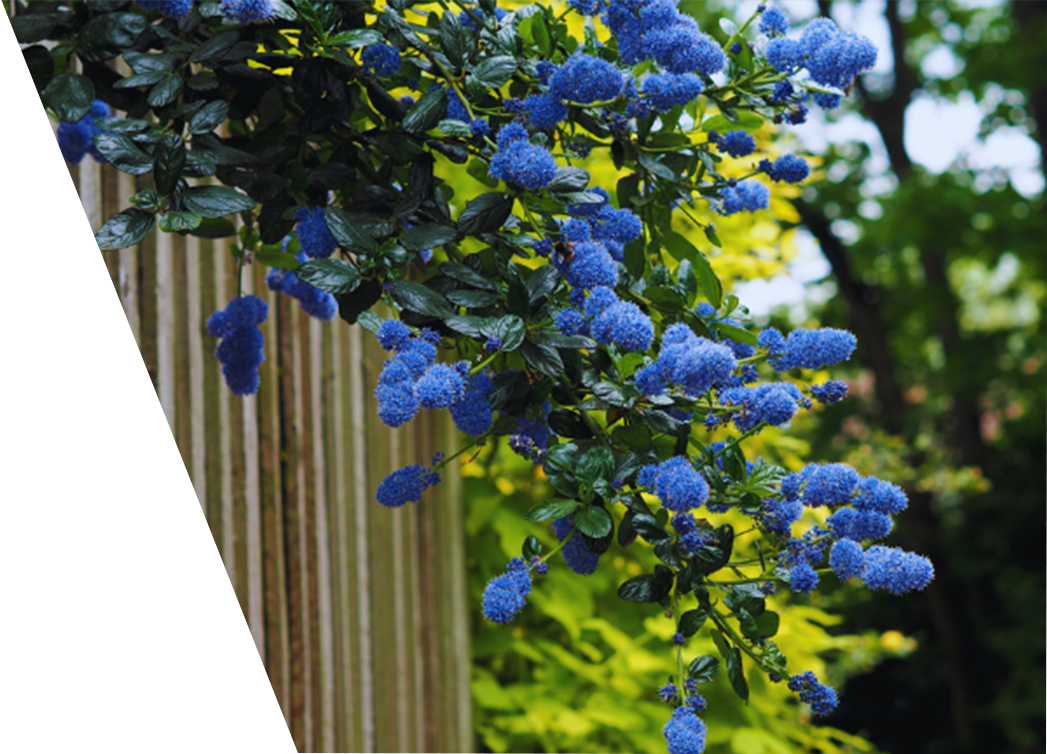
Ornamental trees add intriguing elements of color, shapes, and structure to any property. They are a popular choice for East Bay area landscapers and a staple for some of its most noteworthy properties. Here, we share our expert summer seasonal tree care techniques and tips to keep your ornamental trees in the East Bay area healthy and vibrant.
What are Ornamental Trees?
Ornamental trees are planted for their aesthetic features that range from stunning fragrant flowers to unique shapes and unusual bark colors and textures to exceptional fall displays. Although fruit trees also put on a show when blossoming, the main difference between ornamental and fruit trees is that ornamental trees generally do not produce edible fruit.
The most common characteristics or categories of ornamental trees include:
- Weeping trees recognized by their soft drooping branches
- Structural trees that grow in interesting shapes
- Flowering trees that produce flowers
- Deciduous trees with leaves that change color in the fall
Some examples of ornamental trees found in the East Bay area include:

New Zealand Christmas Tree
Because this tree grows quickly, it makes an attractive privacy screen. In fall, it displays crimson, brush-like flowers against its delicate grayish leaves. It has a dome-like structure and is drought-resistant, growing well in salt air.

Marina Strawberry Tree
This medium-sized evergreen tree has a broad, dense crown and interesting bark that peels away to reveal showy red bark as the tree matures. It produces clusters of white flowers blushed with pink year-round and is quite drought-resistant.
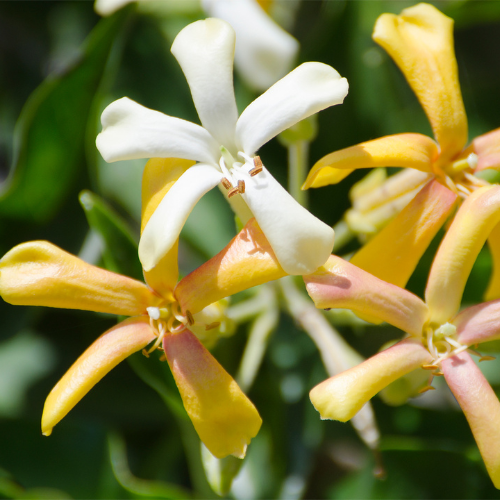
Sweet Shade
The fragrant yellow flowers that bloom in the spring and early summer are the main attraction for this slender evergreen tree. Its narrow, upright shape requires some pruning to maintain its form, but overall, it is low maintenance.
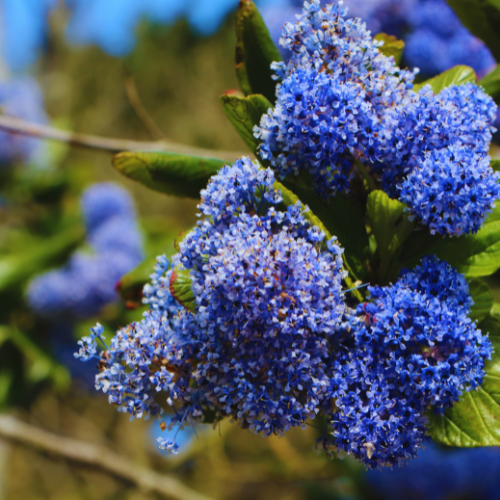
Ray Hartman (Ceanothus)
This evergreen is an excellent choice for coastal landscaping, with its continuous display of lovely, fragrant pale blue flowers. However, many landscapers also choose it for its unique twisting trunk and branches.
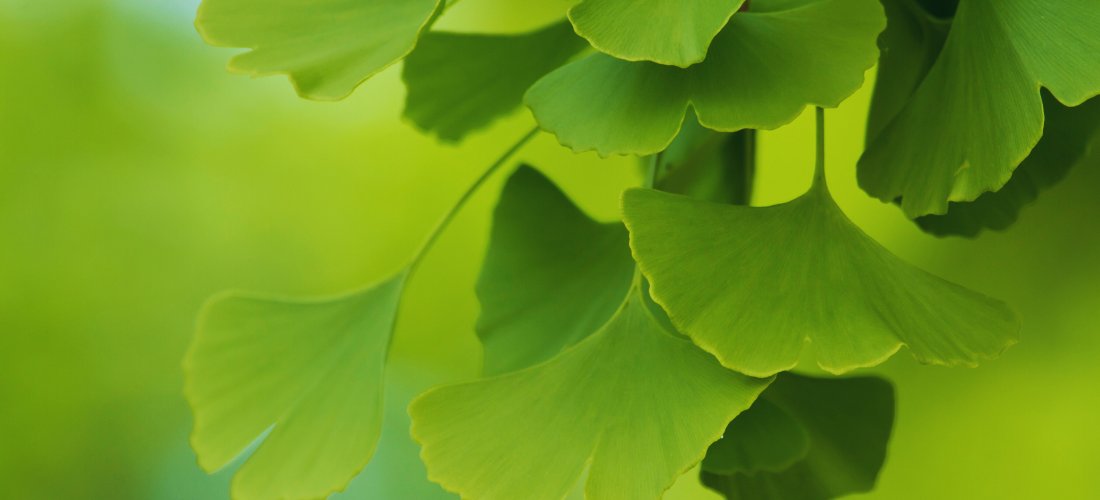
Maidenhair, aka Ginko Bilboa
The brilliant, glowing golden leaves of the Maidenhair are a showstopper in the fall. It is one of the oldest trees in existence, likely because it is virtually pest—and disease-resistant. The lovely, unique, fan-shaped pale green leaves are just as attractive throughout the rest of the year.
If you're unsure if your property's trees are ornamental, speak to your local certified arborist to assess your trees and determine proper care.
Ornamental Summer Tree Care Tips
Here are our recommendations for summer tree care for ornamental trees in East Bay.
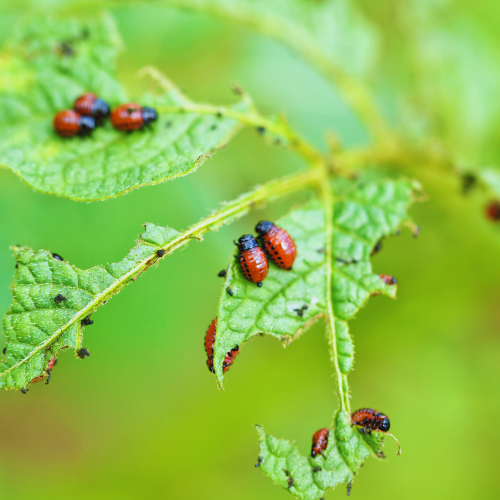
Inspect trees for pests and disease.
Pests tend to pop up in the spring, but it's essential to continue monitoring your trees for signs of common pests like bagworms and Japanese beetles that are later to arrive. This is also the best way to catch pest situations you might not have noticed in the spring when the pests might not be as obvious. Summer tends to see increased activity, which makes them easier to spot.
Some common Bay area tree pests include:
- Aphids which suck the juices from stems leave behind a sticky substance called frass
- Lace bugs which target nutrients in leaves and cause white splotching
- Tussock moth caterpillars which defoliate trees
Powdery Mildew is the most common disease that can appear on non-fruit-producing trees. Both diseases and pests must be treated, and aggressive pruning is required to remove diseased branches.
Signs of pests and disease include:
- Spotting, whitening, browning, yellowing, or general discoloration of leaves
- Dead areas of the tree foliage
- Dead stem tissue called cankers
- Limited plant growth
- Wounds with sappy excretion or sticky trails on the tree
- Pustules on leaves or swollen parts on plant tissue
- Dieback with dead portions on the tips of the tree
- Fungal growths that often appear powdery
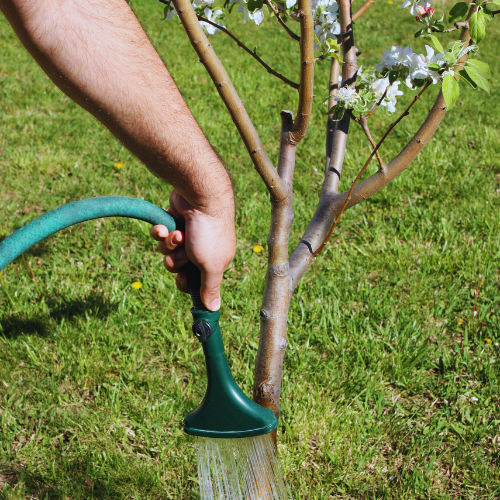
Most trees require watering during prolonged droughts. When in doubt, consult an arborist, as too much water can be just as damaging as not enough. It is safer to provide about an inch of water once or twice a week in the early morning or late afternoon instead of watering with smaller amounts of water every day.
However, watering is tricky because different types and ages of trees require different watering schedules. For example, although Marina Strawberry trees are drought tolerant, they have a far more pleasing appearance with occasional summer watering.

In younger trees, spring and fall mulching helps keep the trees hydrated and retain soil nutrition. A ring of mulch should be spread two to three inches deep and set away from the trunk to avoid rot. In the summer, check the mulch to maintain its thickness and move any mulch away from the trunk that might have shifted. As the tree matures, you can allow natural mulch, such as fallen leaves, to help protect the trees and provide a healthy cycle of nutrients.
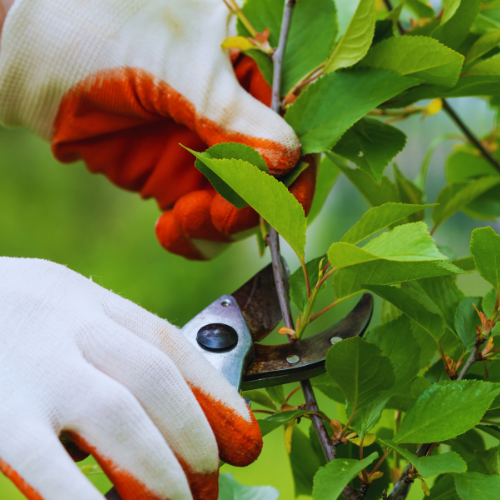
Because ornamental trees are planted for their appearance, many require pruning to help maintain their distinct shape. For example, the narrow shape of the Sweet Shade tree requires pruning to avoid looking untidy. This calls for professional pruning to avoid damaging the tree.
Summer Tree Care FAQs
Why are my tree leaves turning brown and falling off in the summer?
Droughts combined with hot, sunny weather can create leaf scorch and accelerated browning due to a lack of moisture in the leaves.
Do you water trees in the summer?
It depends on the species. However, during drought and for younger trees, you'll likely need more water to stay hydrated.
What time of day is best for watering trees?
It's always best to water trees in the early morning or late afternoon, as watering when the sun is at its highest and hottest will evaporate the moisture.
What branches should be cut when pruning trees in summer?
Summer pruning focuses on damaged, diseased, or troublesome branches that are rubbing against each other. Pruning dead or troublesome branches in the summer helps trees maintain their strength and structure, protecting them against storms and high winds.
Maintain the Beauty of Your Ornamental Trees with Expert Care
Following our summer ornamental tree, best practices will help ensure your trees continue to provide a beautiful focal point for your thriving East Bay landscape.
Because caring for your ornamental trees can be challenging, you should consider seeking assistance from our tree experts. To learn more about our East Bay ornamental tree maintenance services, click here.
Share this page:

